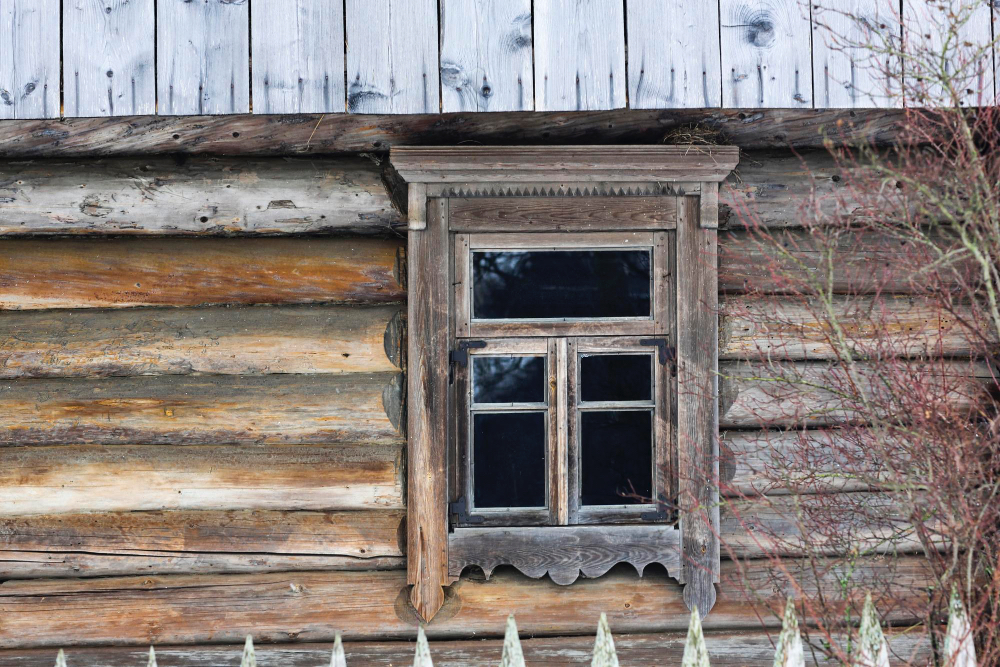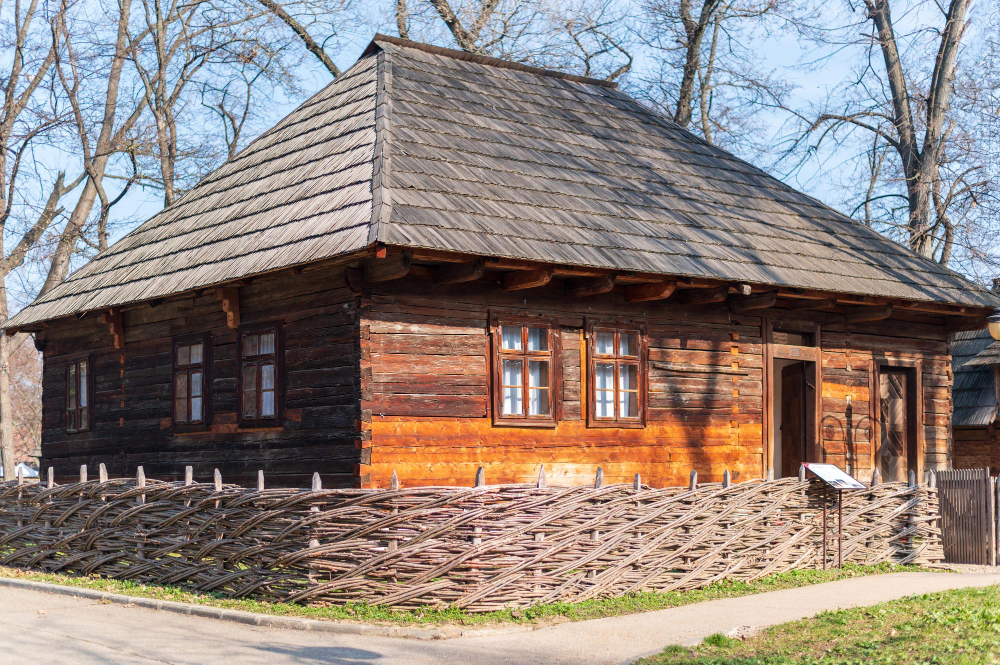Last updated on
In today’s era of heightened environmental awareness, the pursuit of sustainable living extends to every facet of our lives, including the homes we inhabit.
Prefabricated (prefab) homes have emerged as a popular choice for eco-conscious individuals, offering rapid construction and reduced environmental impact compared to traditional housing. However, despite their many advantages, prefab homes are not immune to damp and timber-related challenges.
Understanding the Challenges

Prefab homes, with their swift assembly and modular construction, present unique vulnerabilities when it comes to damp and timber issues. Factors such as inadequate sealing, insufficient ventilation, and exposure to moisture can lead to dampness and timber decay, compromising the structural integrity and sustainability of the home.
These challenges highlight the importance of adopting eco-friendly solutions to mitigate these issues effectively.
Natural Damp Prevention Methods
One of the fundamental approaches to damp prevention involves harnessing natural methods that complement the environment. Landscaping with indigenous plants can help manage water runoff and regulate soil moisture levels around the foundation, reducing the risk of dampness.
Additionally, implementing proper grading and drainage systems ensures efficient water diversion, minimizing moisture infiltration into the home. These measures not only address dampness but also contribute to the overall ecological balance of the dwelling.
Sustainable Timber Treatment

Preserving timber in prefab homes requires environmentally responsible treatment methods to protect against decay without compromising ecological integrity. Eco-friendly wood preservatives derived from plant-based oils or naturally occurring minerals offer effective protection against decay and insect infestation while minimizing adverse environmental effects.
Regular inspections and maintenance are essential for early detection and timely intervention, ensuring the longevity of the home’s structural timber components.
Integration of Green Technologies
Innovative green technologies play a crucial role in mitigating damp and timber issues in prefab homes.
Passive ventilation systems, such as breathable membranes and natural airflow solutions, facilitate optimal air circulation within the home, reducing moisture buildup and preventing condensation-related problems. Incorporating moisture-resistant building materials, such as reclaimed wood or recycled composites, enhances durability while minimizing the risk of dampness, promoting a sustainable living environment.
The Role of a Damp Contractor
In cases of persistent damp and timber issues, seeking the expertise of a professional damp contractor is advisable. These specialists have the knowledge and experience to conduct comprehensive assessments and prescribe tailored solutions that prioritize environmental sustainability and structural integrity.
By collaborating with reputable damp contractors, homeowners can effectively address dampness-related challenges, fostering a healthier and more sustainable living environment for occupants.
The Takeaway
Addressing damp and timber challenges in prefab homes requires a multifaceted approach rooted in eco-consciousness and sustainability. By embracing natural damp prevention methods, adopting sustainable timber treatment practices, integrating green technologies, and engaging damp contractors when needed, homeowners can create resilient, environmentally responsible dwellings.
These efforts not only fortify the longevity and eco-friendliness of prefab homes but also contribute to a greener and more sustainable future.
To fortify the discussion on sustainable solutions for damp and timber challenges in prefab homes, it’s essential to delve into the importance of proactive maintenance routines. Regular inspections and upkeep are paramount in ensuring the long-term resilience of these eco-friendly dwellings.
Homeowners should schedule periodic checks to monitor the condition of their homes, including inspecting seals, checking for any signs of moisture ingress, and assessing the integrity of timber components.
Moreover, implementing preventative measures such as applying eco-friendly sealants and finishes can provide an additional layer of protection against dampness and decay. These proactive steps not only safeguard the structural integrity of the home but also contribute to its overall sustainability by reducing the need for extensive repairs and replacements.
Table of Contents




